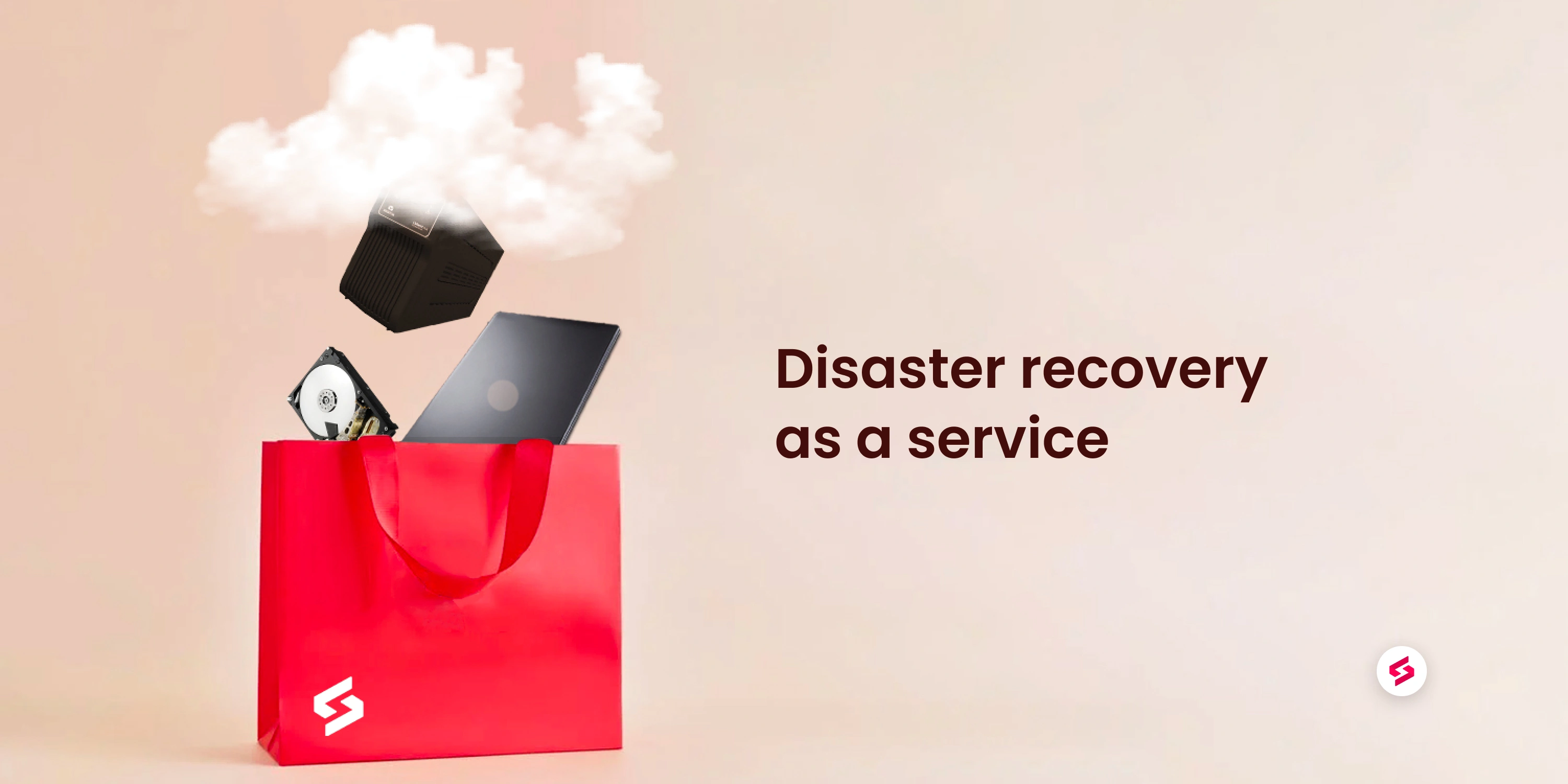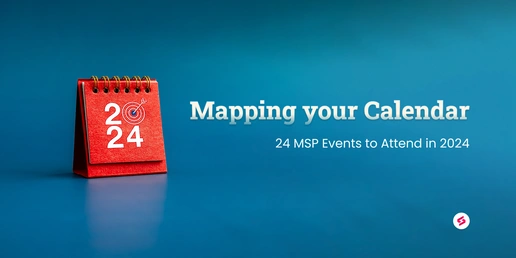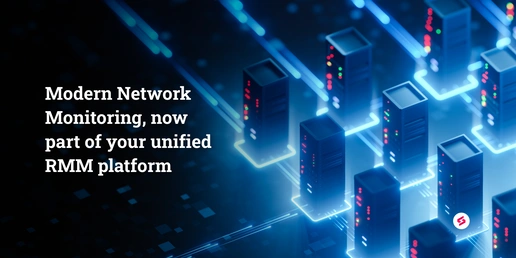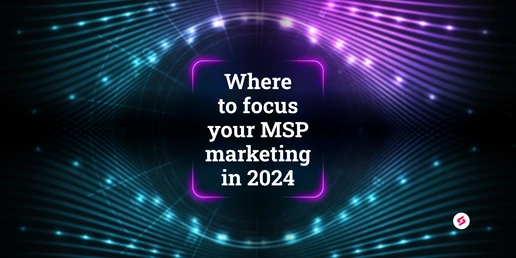A quality solution for backups is an essential offering as an MSP. Disaster Recovery as a service is a great way to sell those solutions to your clients and make a good margin.
Here are my thoughts on how to build your Disaster Recovery As A Service (DRAAS) offering.
Standardize a solution
To maximize the supportability and profitability of your DRAAS offering, you likely want to standardize on a single solution that you can apply across the board for your clients. In order to do that, whatever solution you standardize on needs to be able to address several different scenarios like
- Can it backup both physical and virtual servers?
- Can it be used to do local backups of workstations?
- Is there an option that allows for backups of Office 365 products?
- Can it back up large data sets? SQL? Exchange?
- Does it allow you to push data offsite?
- What are the requirements for that?
- What is the cost of the solution?
- Do they have an MSP package that allows you to purchase needed licensing at a price point that you can roll it into the cost of your solution?
You want to select a solution that allows for maximum flexibility because your clients' networks will not all be the same. Maximum flexibility in the technical capabilities of the backup solution will let you say yes to more deals and offer solutions where others cannot.
Hardware
Once you have the software solution sorted, you'll need to look at the hardware required to run it on. Again, flexibility is critical. Some clients will require faster recovery times, and some won't. Ideally, you'll have a couple of standard hardware solutions that work with the software you've selected that allow you to meet different clients' objectives for RPO and RTO.
Once you've identified the hardware needed to make the solution work and standardized on a few different models, you'll need to look at purchasing options to make it a true DRAAS model. The idea is to take the hardware cost and put it on a lease where you get a monthly price.
Some ready-made DRAAS solutions sell directly to the MSP channel that has already packaged everything up in a bundle for you and make this simple. These can be an easy entry point for DRAAS but frequently have a lower margin than self-managed solutions put together by MSPs.
Storage
A big part of most DRAAS offerings is offsite storage in the data center. You need to make some critical decisions about how you want to manage that storage. There are options to push data to public cloud solutions. You can buy rack space in a data center and build your repository for backups. There are even channel vendors that are happy to sell you offsite backup storage as part of their solution.
The real question here is whether you want to build out your repository or buy the space. Most MSPs find that they can make significantly more margin if they are willing to do the work and build out their rack in the data center. Just remember there are costs for equipment, rack space, and management—all of these need to be accounted for in your final price to the client.
Putting it all together
Now that you have solutions selected for software and hardware and we've answered all the technical questions about how we're going to do backups, it's time to do a little marketing. For a solution to be truly DRAAS, it needs to be turnkey for the client and done for a monthly price. Behind the scenes, this is what most MSPs are doing to make that happen.
Calculate your hardware and software costs. Any hardware should be put on a hardware lease so that it's a monthly payment. Any software should be bought on a monthly MSP license. Calculate storage costs—it is simple if you're buying space. It's much more difficult if you're building out your infrastructure for backups. The goal is to get to a per GB cost for storage. Calculate labor costs to maintain the solution. Add margin (most MSPs are at least 50% margin on DRAAS).
That's essentially the formula you'll need to calculate the cost you need to charge your client. It will always vary with the storage used. You can decide if you want to sell storage by GB or by TB. Most MSPs will give the client a flat monthly rate that includes so much offsite storage. If the client exceeds that amount, there is an additional charge for more storage, usually at a per GB rate.
Sum it up
Take your time when selecting a backup solution to standardize on. It needs to be flexible and fit a variety of networks. Standardize your solution for hardware and storage as well. Choose whether you want to build your storage or buy the space you'll need. Calculate the costs of all parts of the solution, including labor to support it. Add your margin, and you have a final price.
The great thing about DRAAS is that it gives the client a clean, simple solution they can understand for an affordable monthly price. It's a great product that MSPs can sell that is of high value to their clients and is a high margin to MSPs.
Now you know. Time to go sell some backups.




